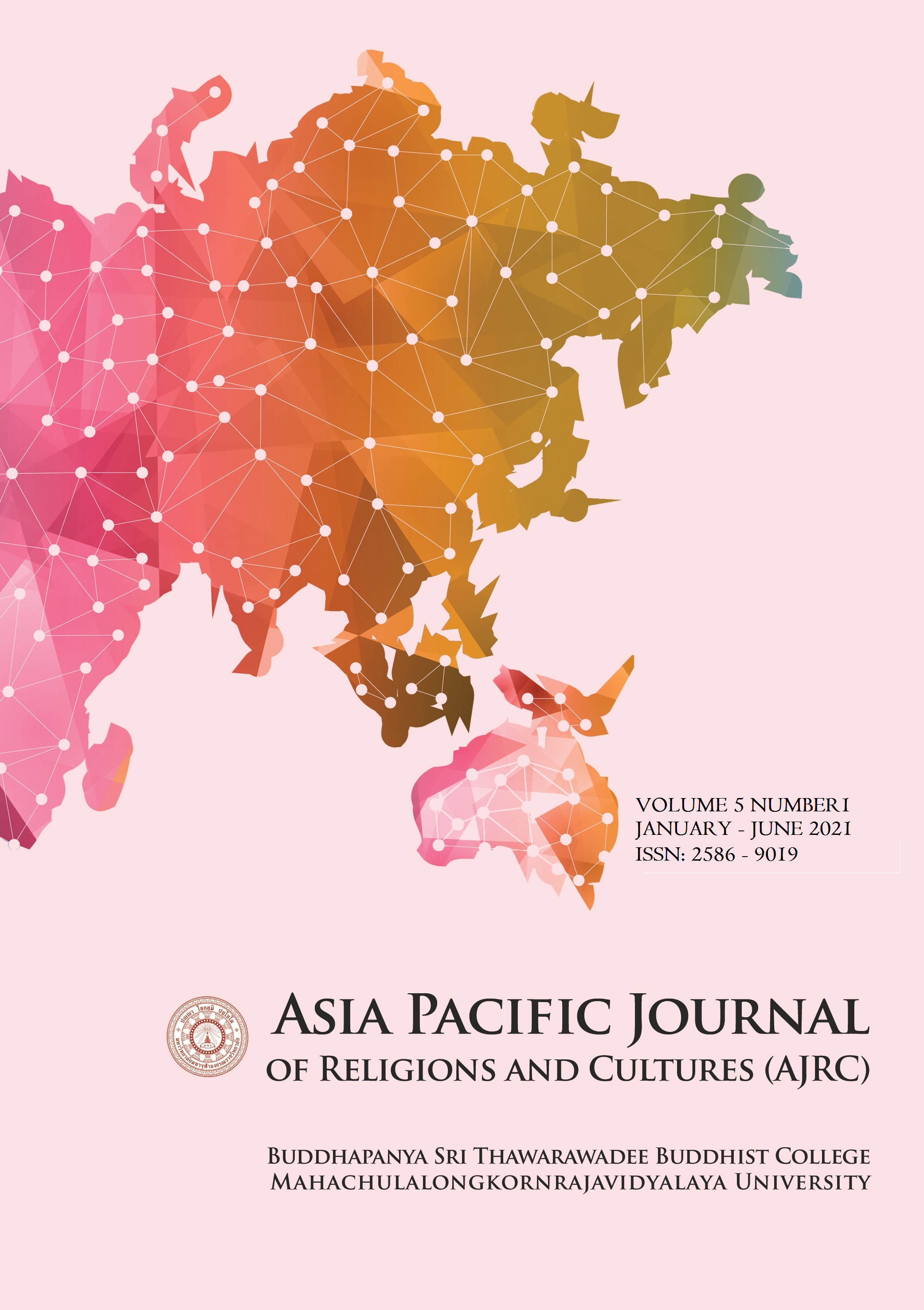A Buddhist Approach to Teaching English
Main Article Content
Abstract
This article posits a different approach to the learning and teaching of the English Language. It envisages using the mental disciplines of Buddhist meditation with breathing, Anapanasati and memory palace techniques to instill a spirit of autodidactism and to overcome the brain damage young people incur from abusing mass media devices in both learners and teachers alike. Generally English is taught incorrectly in Thailand, with students being taught grammar before being able to speak, read or write the language properly. The author proposes teaching English the way Thais learn their native language. Learn to speak and listen, then to read and write. Then grammar is taught last. The focus is on reading, gifting the learner the ability to enter the world of books and to be able to teach him or herself i.e. convert the student into a bibliophile and autodidact.
Article Details
References
Bartok, M. (2011). The Memory Palace. New York: Simon & Schuster.
De Silva, P. (1992). Buddhist and Freudian psychology. New York: NUS Press.
Donald, K. et al. (2000). The State of Buddhist Studies in the World 1972-1997. Bangkok: Center for Buddhist Studies Chulalongkorn University.
McCarthy, M., & O’Dell, F. (2006). English Vocabulary in Use. New York:
Cambridge University Press.
Phra Bhramagunabhorn (P.A.Payutto). (2014). Buddhadhamma. (40th ed.). Bangkok: Phalitham Publishing.
Stout, M. (2000). The Feel Good Curriculum: The Dumbing of America's Kids in the Name of Self-Esteem. Massachusetts: Da Capo Press.
Sykes, C. J. (1995). Dumbing Down Our Kids. New York: St. Martins Press.


